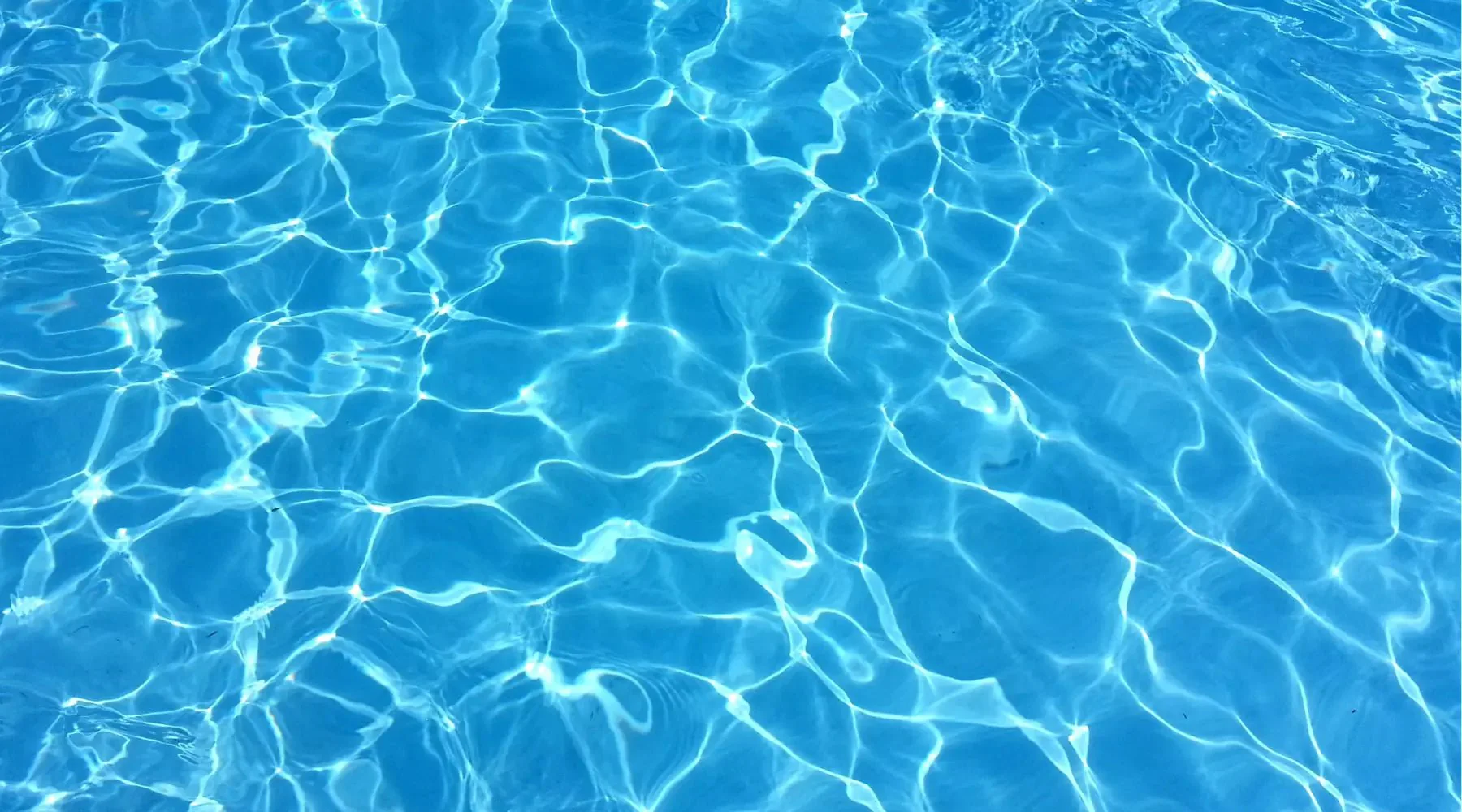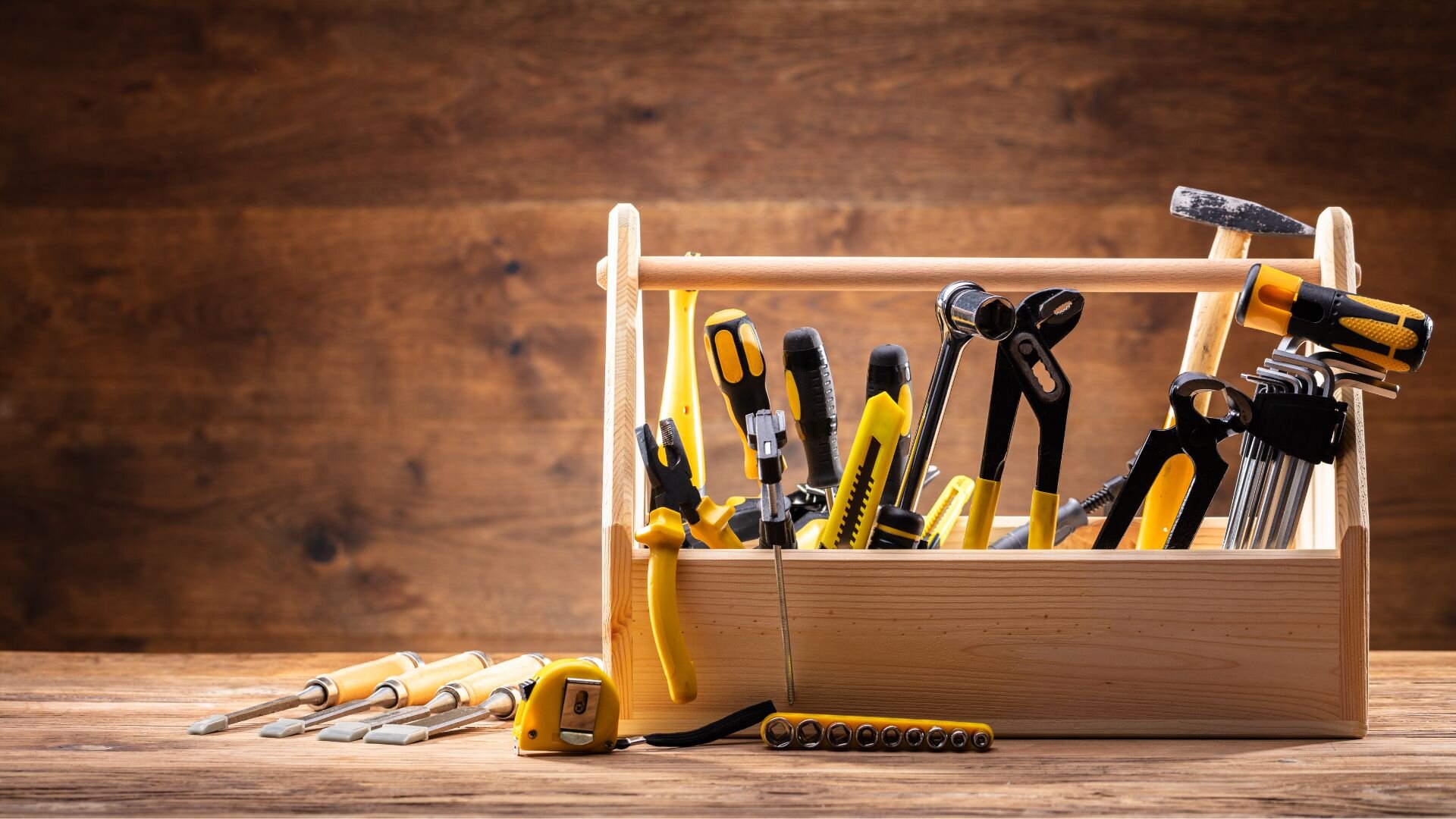Still dealing with some off-and-on nerve pain in the ball of my right foot, which cropped up around the third week of August. It’s close to the same area where I had a neuroma back around 2016-2017, and while I can’t rule that out, the symptoms aren’t quite the same. In 2017, when I saw a podiatrist, I got a cortisone shot in that area, which I don’t think did me any long-term favors. Oddly, it seems to bother me most when I’m sedentary, and in particular, in bed when I wake up in the morning. It’s just a generic kind of aching pain, and the nerve feels kind of “weird” when walking barefoot and when swimming. Running does not bother it at all, but I’ve aggravated it a couple of times while climbing. On Monday, I did a bunch of lead climbing, and I could tell I tweaked it on the first route I climbed. This morning, I climbed 6 routes on top rope, and had no problems. I was really careful with the foot, sticking to mostly overhanging routes with juggy holds, using the bad foot mainly for balance and trying to avoid putting too much weight on it. I also wore a metatarsal pad on the right foot, which I think helped. It definitely helps while walking on the treadmill and with static standing. It looks like I can keep climbing for now, but I’m going to need to baby it like this until the issue clears up. I suspect I’m going to have occasional issues there for the rest of my life, and the key is going to be to manage it to prevent flare-ups. The silver lining here is that the whole experience with the neuroma is what convinced me to start wearing minimalist footwear and “Correct Toes”, which was a long, tough transition from conventional footwear, but absolutely worth it in every way.
Notwithstanding our current September heat wave, pool season will be winding down for us in just a few short weeks. According to Apple Health, I took my 48th swim of the season this afternoon. That’s about 20 fewer than this time last year, but I never intended to match last year’s total. My first swim this year was June 2, so I’ve managed to average about one swim session every other day this season. That average will drop a bit, as I’ll be missing a week this month due to travel, but all in all, I’m pretty happy with how the season went. I’m swimming more strokes per session this year as well (703 strokes for 2023 vs 651 for 2022). One really weird statistic: for the first time in the 22 seasons we’ve owned the pool, this is the first year that nobody outside our immediate family has been in it. Times have definitely changed since the days when we used to throw a massive pool party every summer…


